“miyama.” is a professional white porcelain manufacturer.
White porcelain vessels are characterized by their translucent “whiteness” and “transparency” as well as their “hardness” that allows them to be used cleanly for a long time. We went on a factory tour to Miyama, a company that has been carefully producing such “beautiful vessels” in white porcelain. In this issue, we will report on how Miyama’s vessels are made, along with his thoughts on creating “beautiful vessels”.
I’m going to Miyama.
This time we will visit Miyama Corporation, located in Inatsu-cho, Mizunami City, Gifu Prefecture. Among Yamani’s products, we are the manufacturer that has had the Scandinavian Blue series made.
This is Mr. Matsuzaki, the president. Thank you for everything.😊
Manufacturing process of “Beautiful Vessels”.
Miyama makes white porcelain “beautiful vessels” in three factories. We were able to tour these three factories in turn, and we will introduce them in order.
From here on, it’s on to Mr. Shibata!
①Pressure Casting Factory
The first stop was the pressure casting factory. Here we mainly make platters and mugs.
First, the clay is mixed with sand and water to make mud using this machine, and then de-aerated to remove air bubbles. Clay is a material that is affected by climate and other factors, so the amount of moisture and other factors are changed to adjust it to conditions suitable for manufacturing. Conditions change daily as they are affected by temperature and humidity. Moreover, the viscosity needs to be adjusted depending on the product to be made. It is a part that cannot be quantified and requires craftsmanship to adjust.
The mud is then placed in this mold made of plaster, and pressure is applied…
When opened, it takes the shape of a plate. These are removed from the mold one by one.
Even though we say that we are taking out of the molds, the unbaked vessels are still soft and delicate. Each piece is carefully removed by hand.
The mugs also have handles attached here.
As shown in the photo above, burrs and other defects remain after removal from the mold. In the next step, a sponge is used to remove burrs and smooth out the dough.
The shape and hardness of the sponge is important for deburring. The sponge is arranged for Miyama.
An ingenious idea that has been developed over many years of experience. They devise new ways to make better products every day in their daily processes….
This is possible only in Miyama, where much of the work is done by hand.
②Exhaust mud casting plant
Next, we went to the plant where mud casting is done. Mud casting is a technique necessary for making pots and sake cups like the one in the photo below.
This one is a little different from the previous one. If you pour the mud into a plaster mold like this…
Wait for the plaster to absorb water and harden gradually from the contact area with the mud, and then pour off the mud.
Place it at an angle for a short while to get the mud out.
The appropriate time to adjust that time also depends on the season and climate. The craftsmanship shines through.
Over time, as shown in the photo above, the ceramic clay remains on the inside, and the pot takes on the shape of a pot. It is then dried, and the plaster mold is opened to remove the contents. That is why it is called “mud” casting. “Miyama.” is also skilled in this technique of mud casting, and uses it to produce teapots and earthenware bottles, as well as dolls and Buddhist altar fittings. Since the shape of the pot is complex, it is divided into parts and molded, for example, into a handle, body, spout, lid, and lid knob.
Finally, the product is “unglazed,” or baked in a kiln at 800°C to harden to the consistency of a cookie.
③Painting and glazing factory
Finally, the factory applies paintings, patterns, and glazes.
【Glazed copperplate vessel】
“Miyama.” specializes in underglaze painting called “copperplate transfer”. This technique is capable of producing a delicate yet warm texture.
In 1846, Risen-yaki was the first kiln in Japan to produce underglaze copperplate transfers. “Miyama.” was born in 1977 at the same place where the kiln had already ceased to exist.
In the process of underglaze painting by “copperplate transfer,” a pattern is engraved on a copper plate, dipped in a pigment called gosu, copied onto Japanese paper, and then copied again from the Japanese paper onto the vessel to express the pattern.
By increasing the amount of vitreous in the pigment of the pattern and finishing the entire piece unglazed, the pattern is slightly raised and shiny, and the unglazed areas are moist, creating a contrast that comes from the materials
This is the glazing process.
The vessel is dipped into a bucket of glaze at a fast tempo, and the glaze is applied. The craftsmanship was very skillful, such as shaking the vessels at an angle and placing them on the conveyor belt with a “pop” impact so that the glaze would be evenly distributed.
And finally, firing is done.
The finished vessels are neatly arranged like this…
They are baked in a large kiln.
Miyama uses two different firing methods, “oxidation firing” and “reduction firing,” depending on the vessel.
―Oxidation-firing―
Fired at about 1,240 degrees Celsius. Mainly colored glazes are fired.
―Reduction firing―
Fired at a higher temperature of about 1,340 degrees Celsius. It mainly bakes white vessels.
Careful finishing of white porcelain from the material.
Miyama’s white porcelain clay is rich in glassy materials called feldspar and silica.
By baking it at a high temperature, the material melts and becomes translucent white. This is due to the vitrification of the material.
Vitrification is not merely melting, but the molten glassy material fills the tiny, invisible cavities in the clay before firing and hardens without gaps. The elimination of cavities reduces the amount of dirt that sticks to the surface, making it easier to wash and cleaner to use.
To ensure that the vessels become beautiful tools that will be used in daily life for many years to come, they are finished beautifully “from the material first”.
Vessels born through time and human hands
Our vessels are rooted in industry. This is because we wish to produce high-quality vessels that are as easy to pick up as possible.
Therefore, the process is repeated in the same way every day, and if you only look at that moment, it may seem that there is no difference between a man and a machine. However, the human hand considers. It may look like the same work, but it changes every day. Minor changes can lead to major improvements if continued.
Inheritance is never flat, but rather accumulates and grows higher. Inheriting our thoughts and feelings, “monozukuri” (manufacturing) builds on them.
That time is an asset.Thoughts on Creating “Utsukushii Utsuwa” (Beautiful Vessels)
Beautiful vessels are our passion for craftsmanship. We are surrounded by many important things: history, region, materials, and technology.
These important things make up the approximate shape of our vessels. Finally, we add a few of our own wishes. Not ”美しい器” but ”うつくしいうつわ”.
Like the aesthetic sense of the Japanese people, who created “hiragana” to suit their own lifestyle based on the Chinese characters introduced from mainland China in ancient times, and who created their own unique vessels after the white porcelain manufacturing techniques born in China and developed in Jingdezhen were introduced to Arita, Japan via the Korean peninsula, we cherish what has been handed down, but we also create vessels for modern life as tools. We create vessels for modern life as tools.
For the joy of those who live in the present, we face the time that people have lived in the past, inherit their thoughts and feelings, and continue to make things with care. Our manufacturing is based on the continuous desire to achieve this.reference from:深山ウェブサイト
Indeed, at first glance, making many of the same shape seems to be something that can be produced more and more by machine, and the result seems to be the same whether it is done by man or machine. However, the pottery industry, which is influenced by the climate and seasons, cannot simply be created, but must be created day by day, facing the soil, nature, and people.
Miyama’s factory, with its meticulous optimization and ingenuity, is a place where the desire to create beautiful vessels can be felt everywhere.
Mr. Shibata carefully guided us around the factory for a long time, taking us to every corner. Thank you so much!
深山(miyama.)さんについてもっと知りたい方はコチラ/公式HP
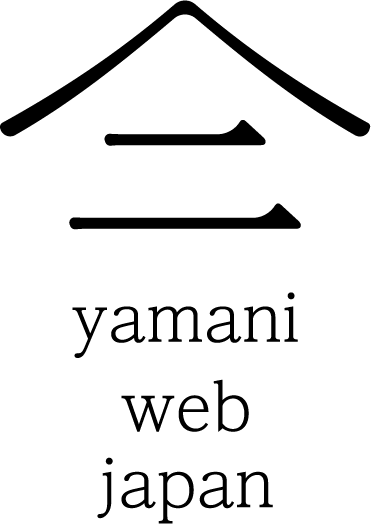
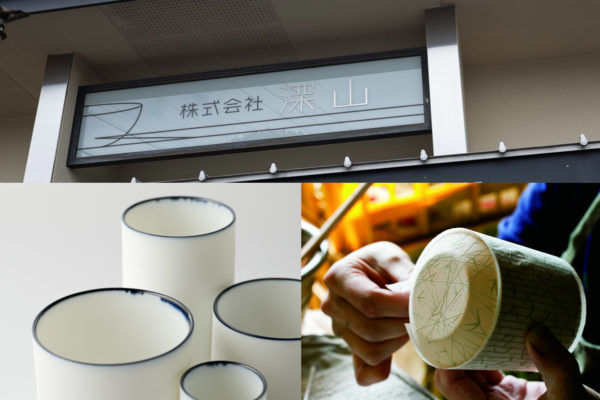
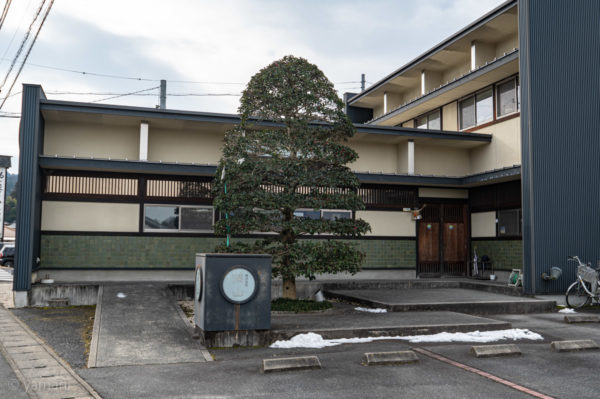

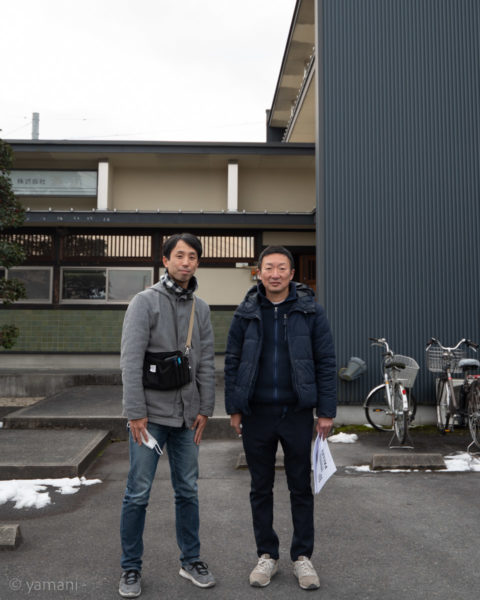
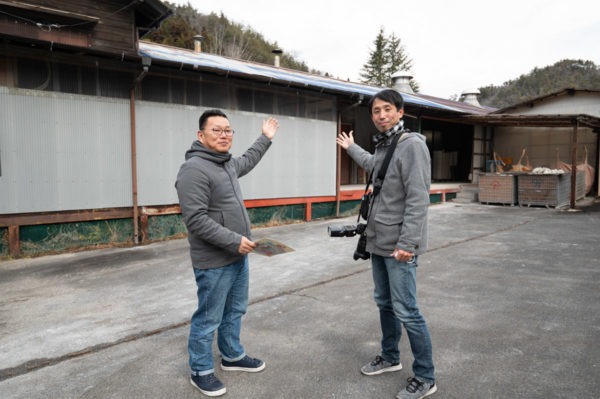
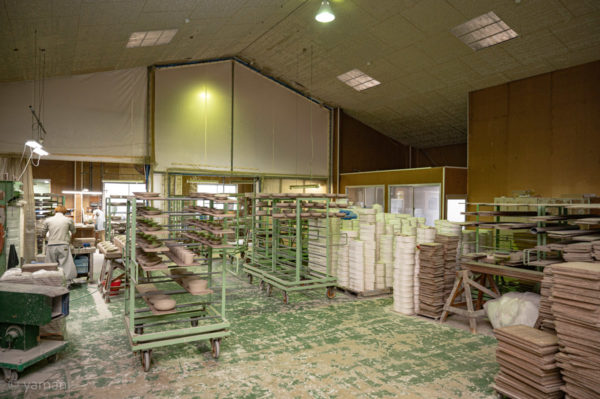
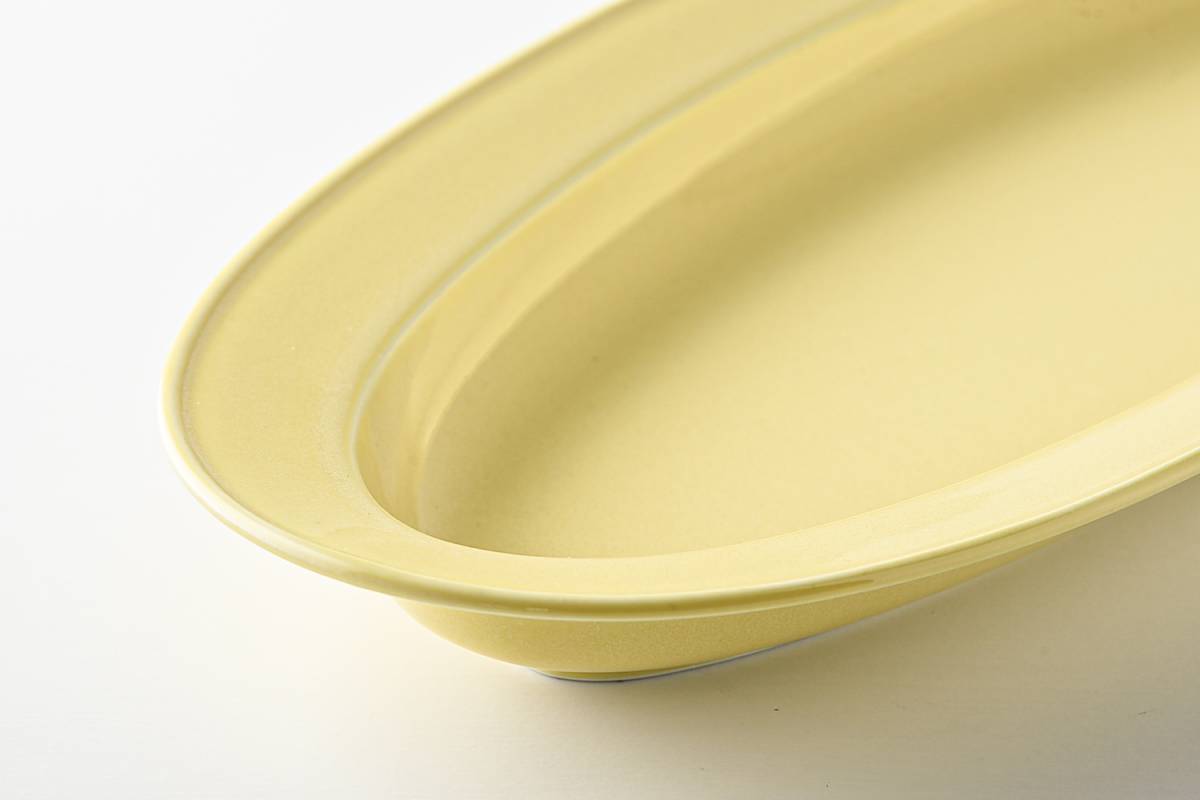
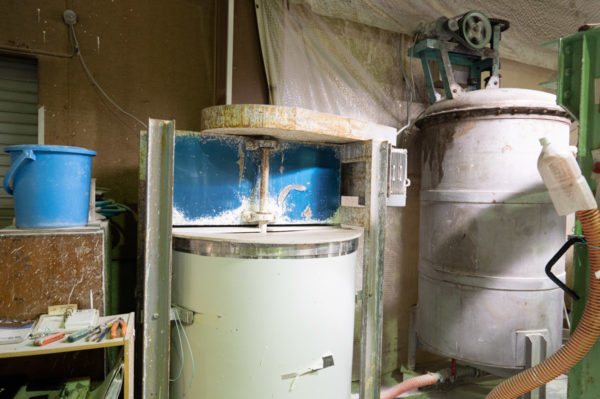
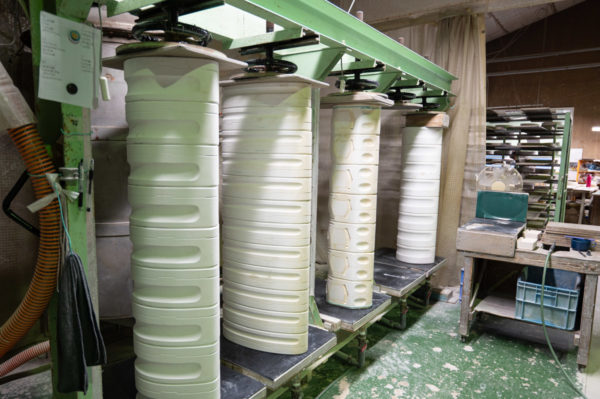
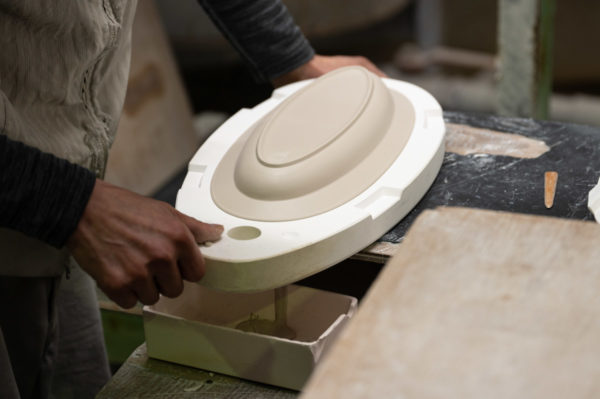

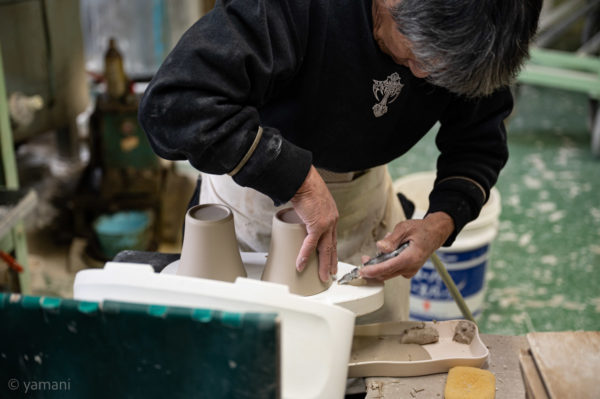
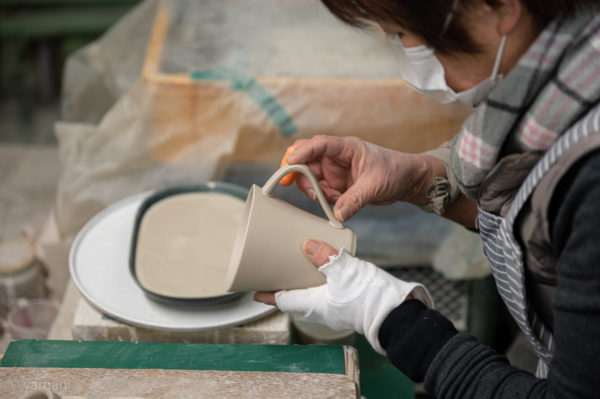
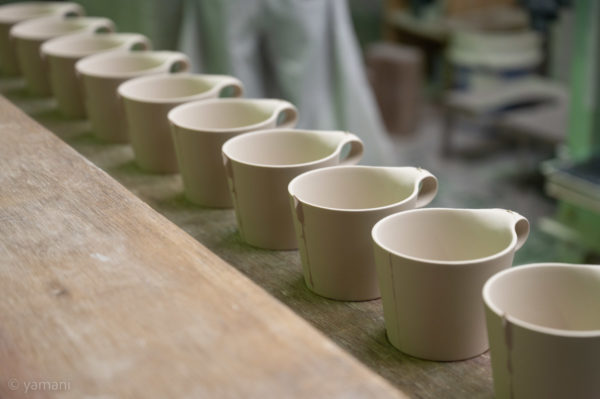
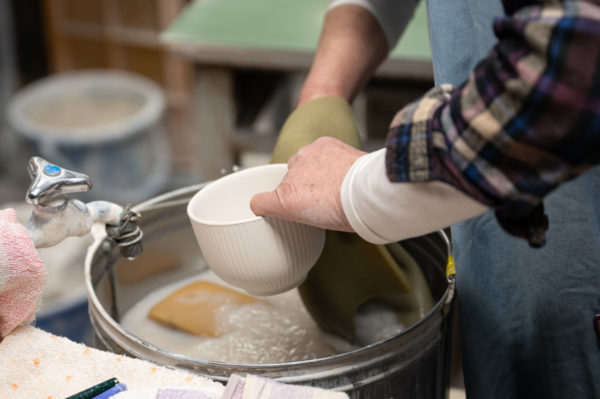
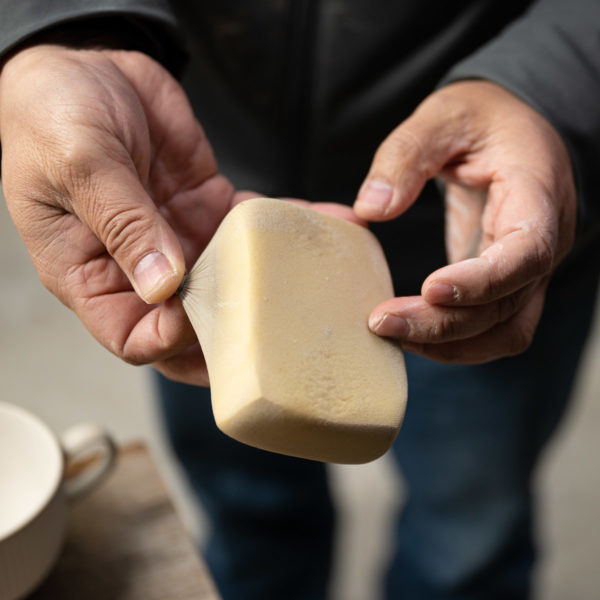
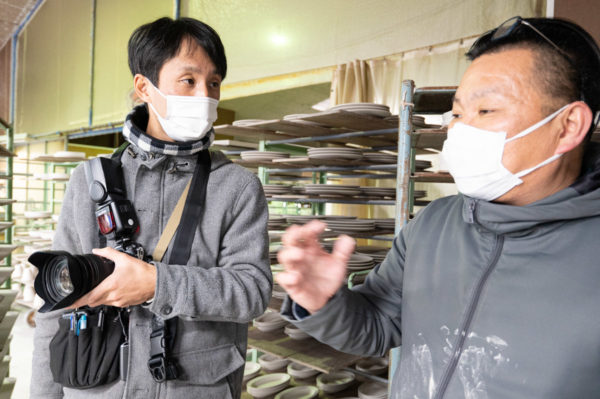
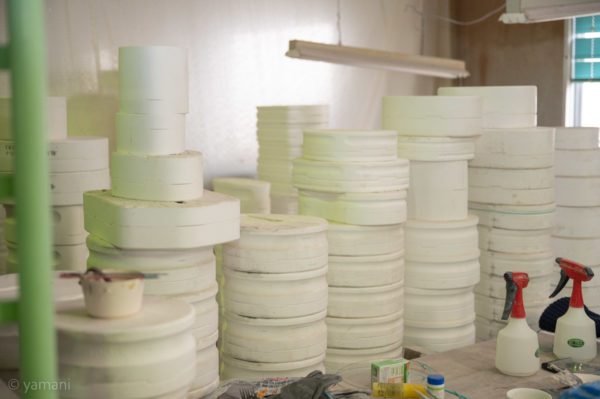
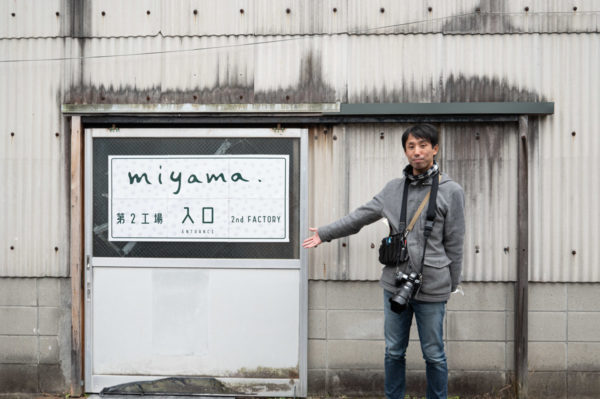
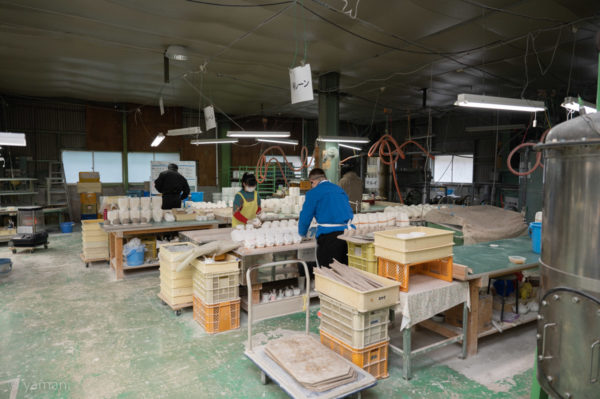
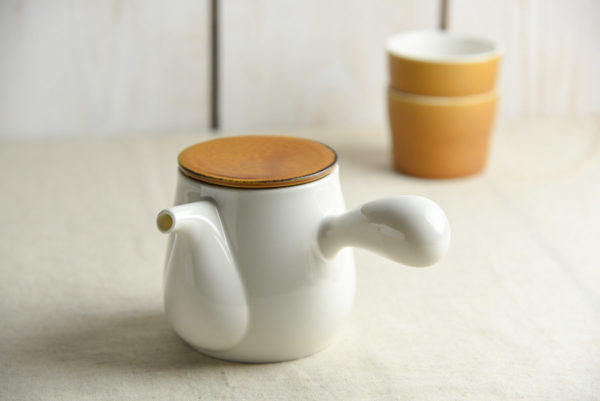
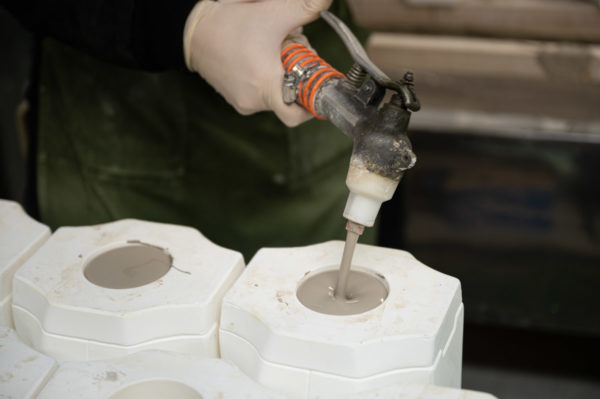
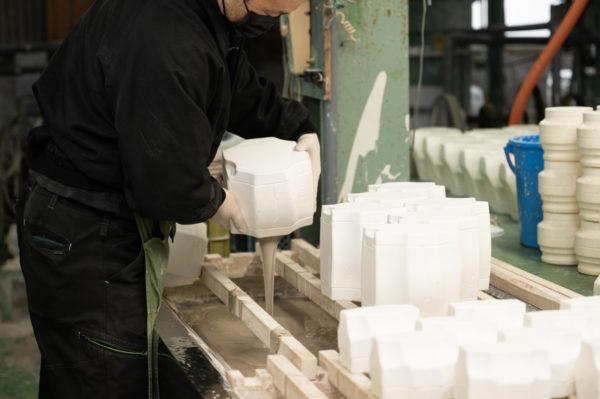
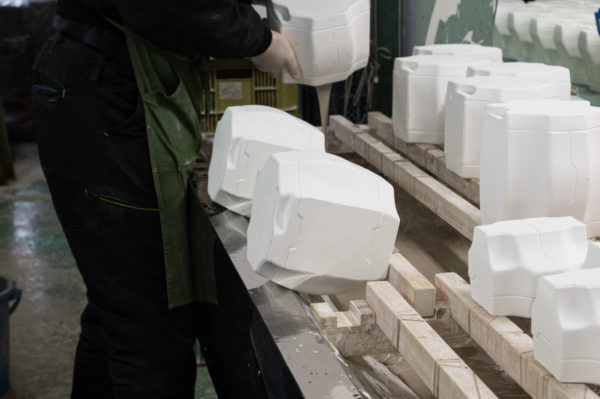
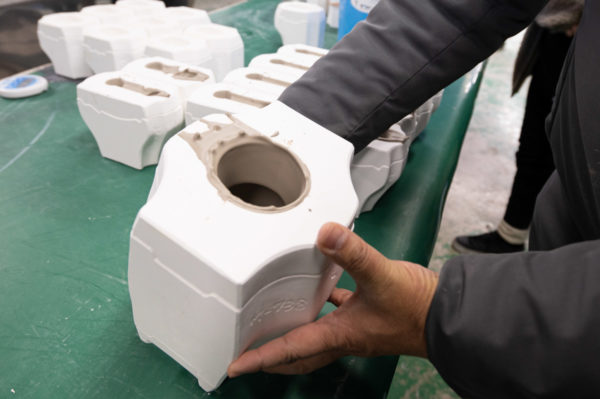
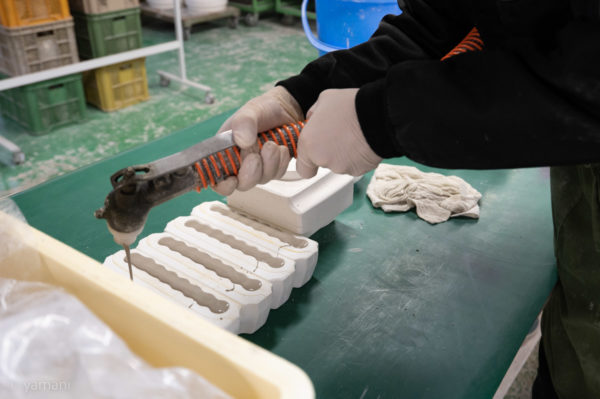
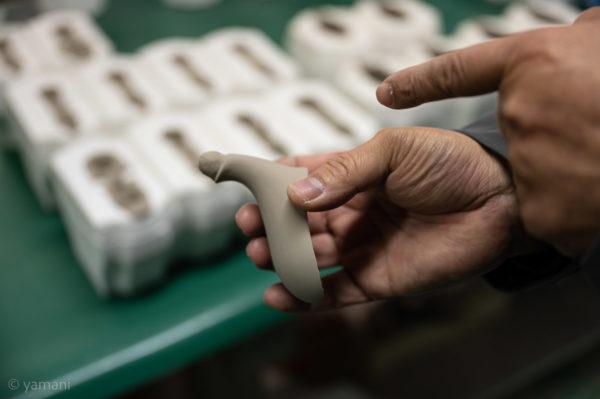

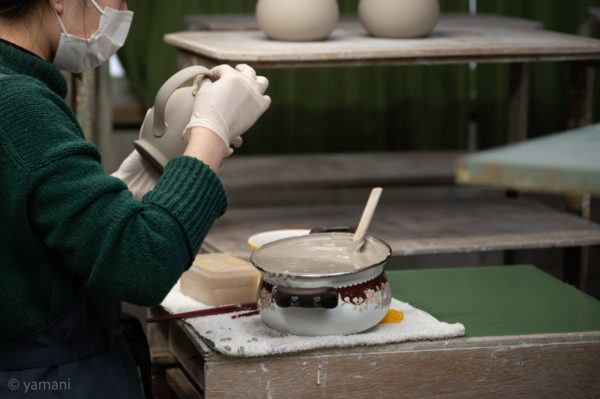
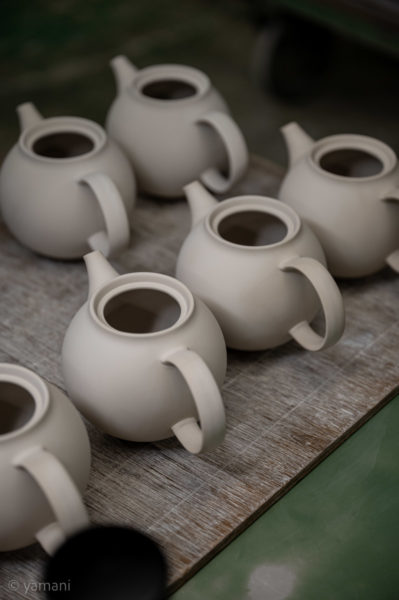
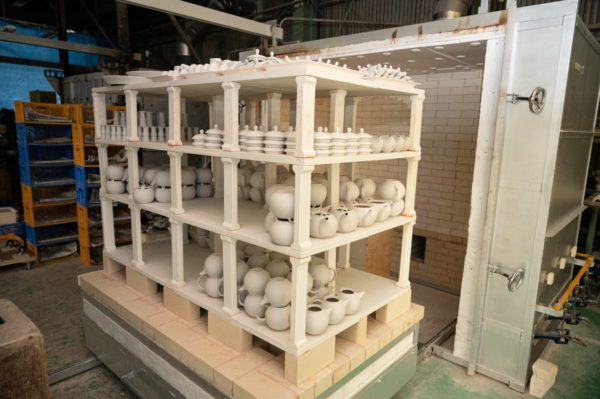
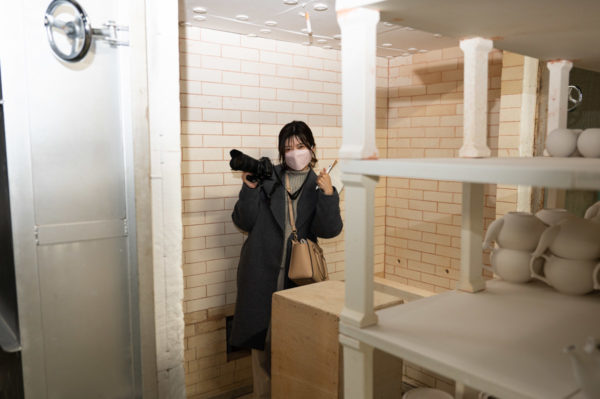
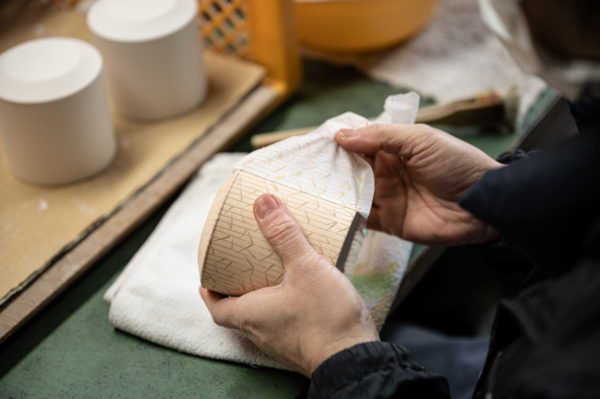
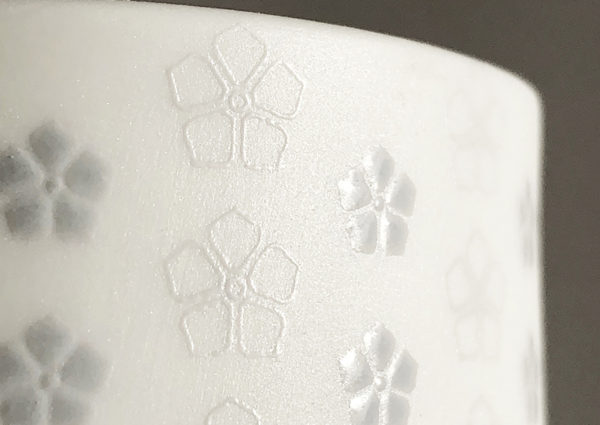
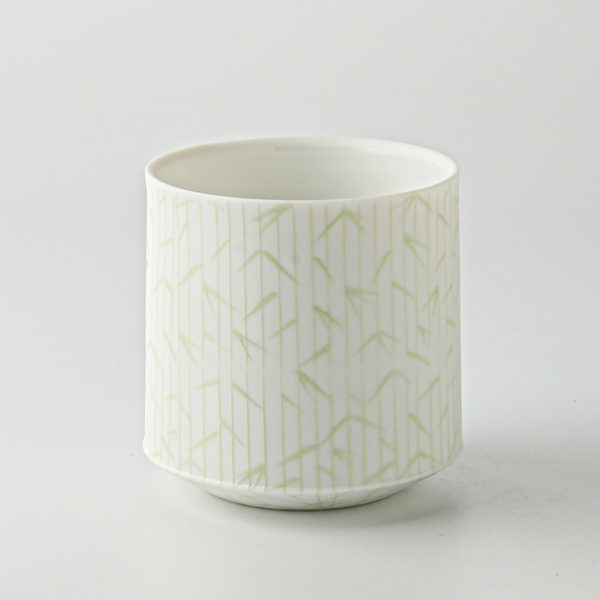
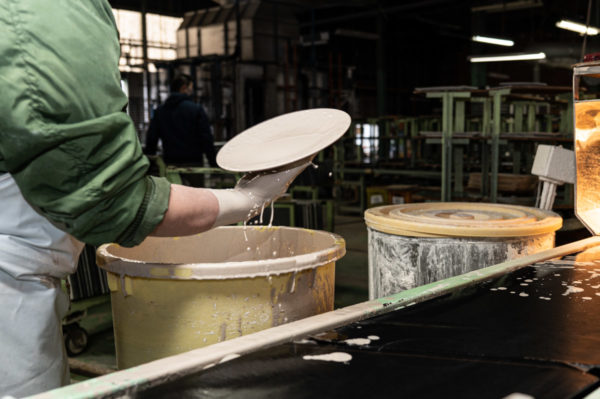
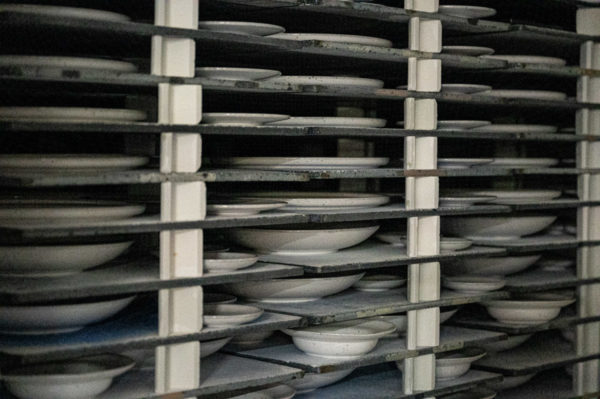
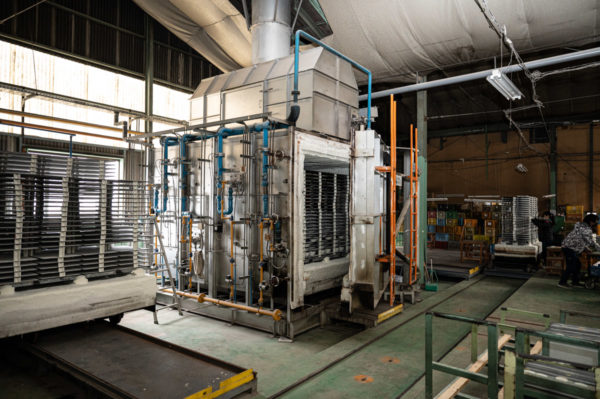
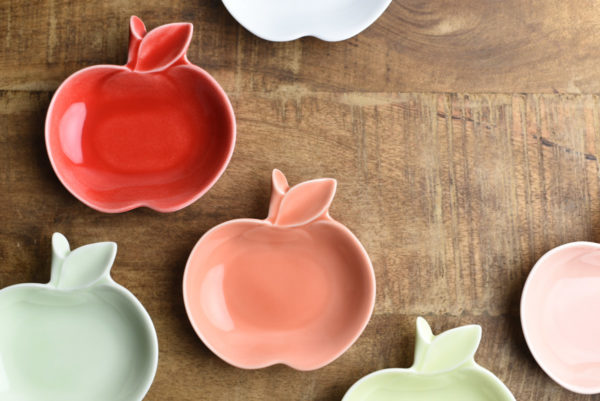

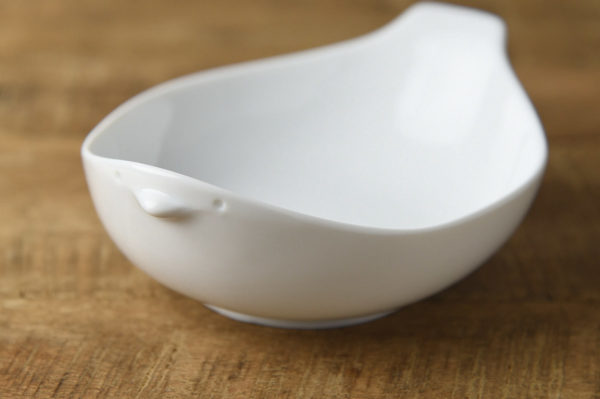

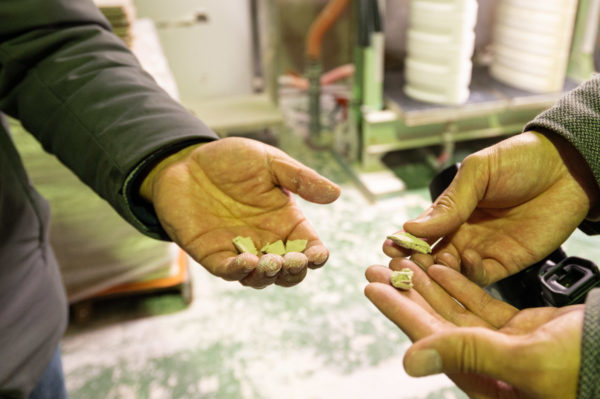
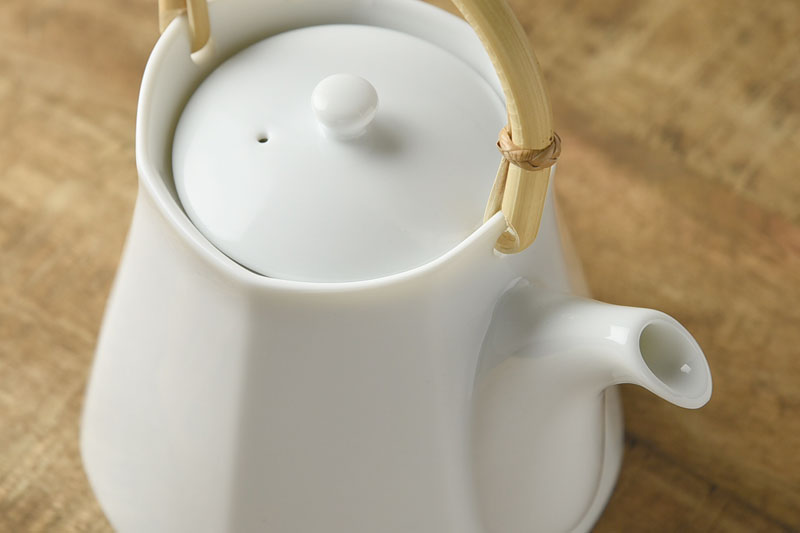
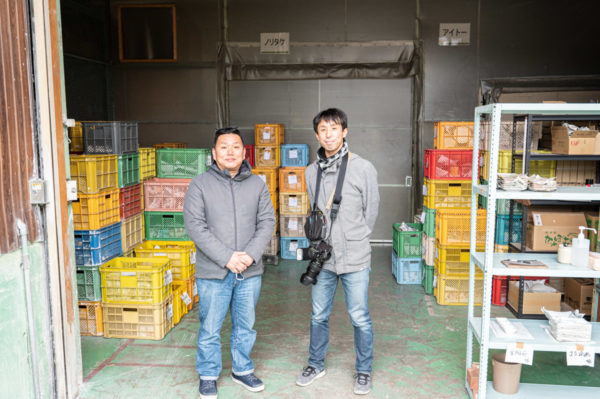





コメント